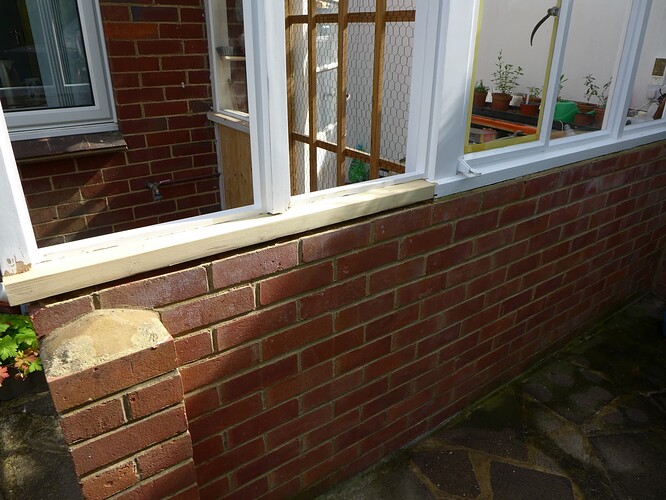@John7 thank your for the update! We just had a rain shower here so I “amused” myself by using Photo Mechanic to “rotate” all images by 90 clockwise, as you do, and the outcome was as follows;
-
PL5 missed one update in the middle of the group! The display initially showed an ‘invalid image’ and the directory contains 4 orphaned DOPs related to the way that PM makes updates - please see PL5.2.1.4737 (i.e. PL5.all releases) on Win 10 has Metadata change detection issues! for a ridiculously long description of how this happens!
-
Photo Supreme also got caught out and wound up with some of the thumbnails on display being intermediate temporary JPGs created by the Photo Mechanic update mechanism.
Once PL5 fails to detect a change @sgospodarenko that is it! Try not to have PL5 open on the directory you are changing at the same time you are making the changes, I never follow this advice when testing because I am looking for the timing holes in the software so that I can “vent my spleen” and have a good moan and try to persuade DxO to build a better product, one day it might work (and “pigs might fly”)!
After all the testing that I have been doing I am thoroughly disillusioned by how many software companies manage to code metadata handling with so many variants and create so much havoc! DxO had (arguably still have) an opportunity to get it right but I am running out of patience and other more pressing matters need attention.
This is one of the matters that needs my attention, I started chiselling out an area that looked like it was rotten below the paint surface and wound up removing half of the timber sill. The repair now needs to be completed, re-pointed and painted!
The following is a composite of real-time snapshots of the situation after the “rotation” by PM.
The strange thing is that PIE is not showing orientations for most of the images and the centre image for PL5 is “unmoved”!
This is what happened with Photo Supreme thumbnails
I just “flipped” all the images copied to a new directory with FastStone and file manager shows all the JPGs flipped, FIV did object to trying to change the one RAW in the directory!


